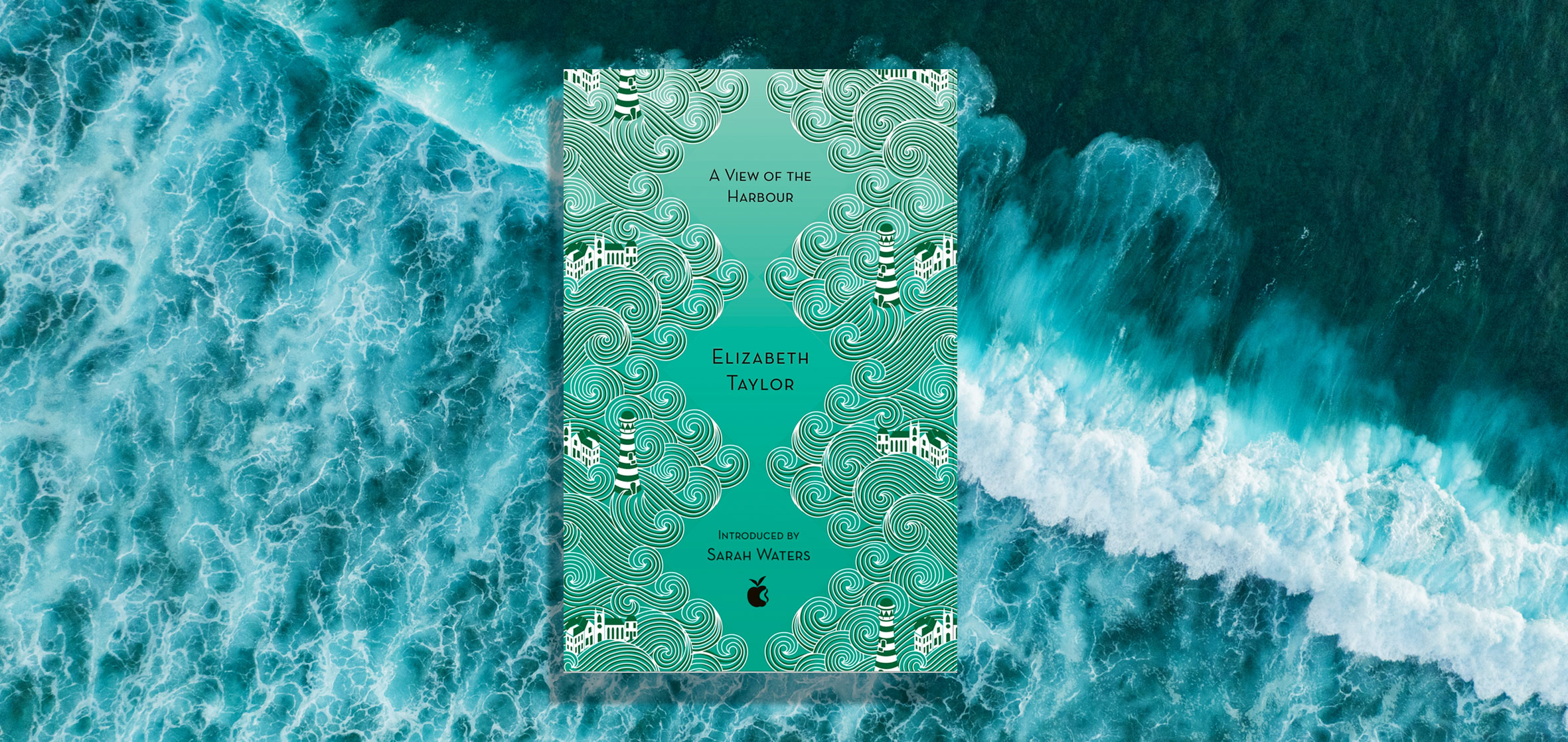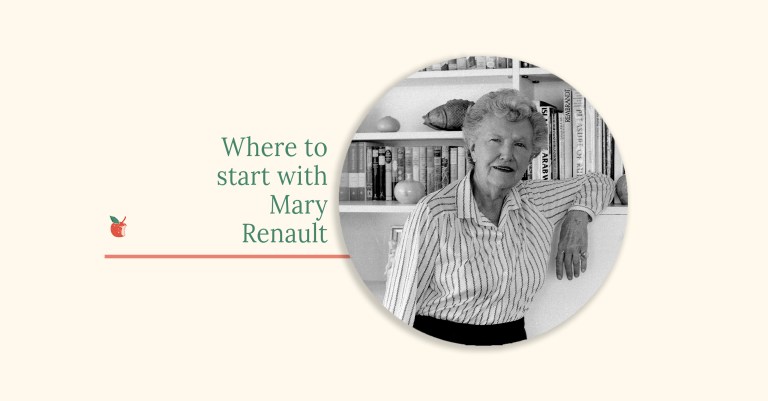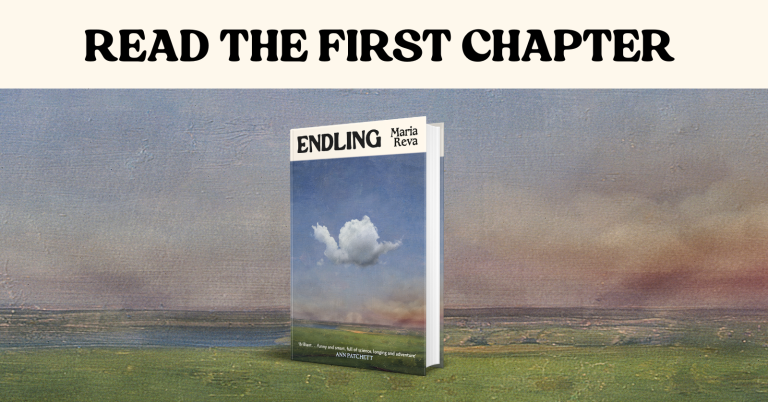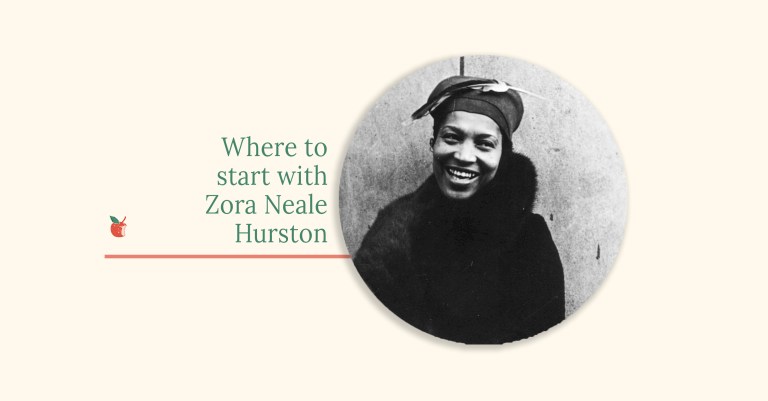Discover Elizabeth Taylor’s A View of the Harbour


‘“Interesting,” he observed, “what two people can make of the same view. We all see places a bit different to what the next man does.”’
There are so many reasons I love Elizabeth Taylor: I love that she is unflinching yet tender in depicting her characters – how subtly she reveals their inner desires and pains; her dialogue is always pitch perfect (she is particularly brilliant at children’s conversations); I love how this most elegant and reserved of writers often makes me laugh out loud – and that her jokes aren’t always in good taste; I love her honesty and her wit; and I love that she is never a snob.
I think A View of the Harbour is one of Taylor’s most accomplished novels. Set in an out-of-season seaside town, with its tired waxwork museum and closed funfair, a dingy postwar atmosphere pervades. In this insular community, everyone looks out for – and in on – each other. The perspective shifts effortlessly between a wide cast of characters: there is beautiful Tory, divorced and having an affair with her neighbour, who is also her best friend’s husband; Mrs Bracey, an invalid, constantly twitching the curtains and pestering her daughters for gossip; Lily, a lonely war widow, who runs the Waxworks and lives life fearful, with no hope of escape. And there’s Bertram, a retired naval officer who has come to Newby to paint, and insinuates himself into their lives. The story, with its intrigues, rumours and betrayals, might sound like a soap opera, but there is no high drama, just the interactions of flawed, sympathetic characters, with fully realized interior lives.
— Donna Coonan, Editorial Director
‘The most sensible thing to do to people you hate is to drink their brandy.’
1. How do Elizabeth Taylor’s descriptions of characters watching the harbour town through windows mirror the way in which Taylor structures the novel?
2.The novel was published and set just after the war. Does the postwar setting influence the mood of the novel?
3.Valerie Martin has said: ‘Always intelligent, often subversive and never dull, Elizabeth Taylor is the thinking person’s dangerous housewife. Her sophisticated prose combines elegance, icy wit and freshness in a stimulating cocktail – the perfect toast to the quiet horror of domestic life.’ Do you agree with this description? Why?
4.There are two artists in the novel – Beth, a novelist, and Bertram, a painter. Discuss Beth and Bertram’s attitude to art – how do they differ? What are the challenges they face in living as artists?
‘He had always had great confidence with women and a tendency to kiss them better, as he called it; only when he had gone, their fears, their anxieties returned, a little intensified, perhaps, but he, of course would not know that, and remained buoyed up by his own goodness.’
‘“A man,” she thought suddenly, “would consider this a business outing. But then, a man would not have to cook the meals for the day overnight, nor consign his child to a friend, nor leave half-done the ironing, nor forget the grocery orders as I now discover I have forgotten it. The artfulness of men,” she thought. “They implant in us, foster in us, instincts to which, in the end, we feel the shame of not possessing.’







